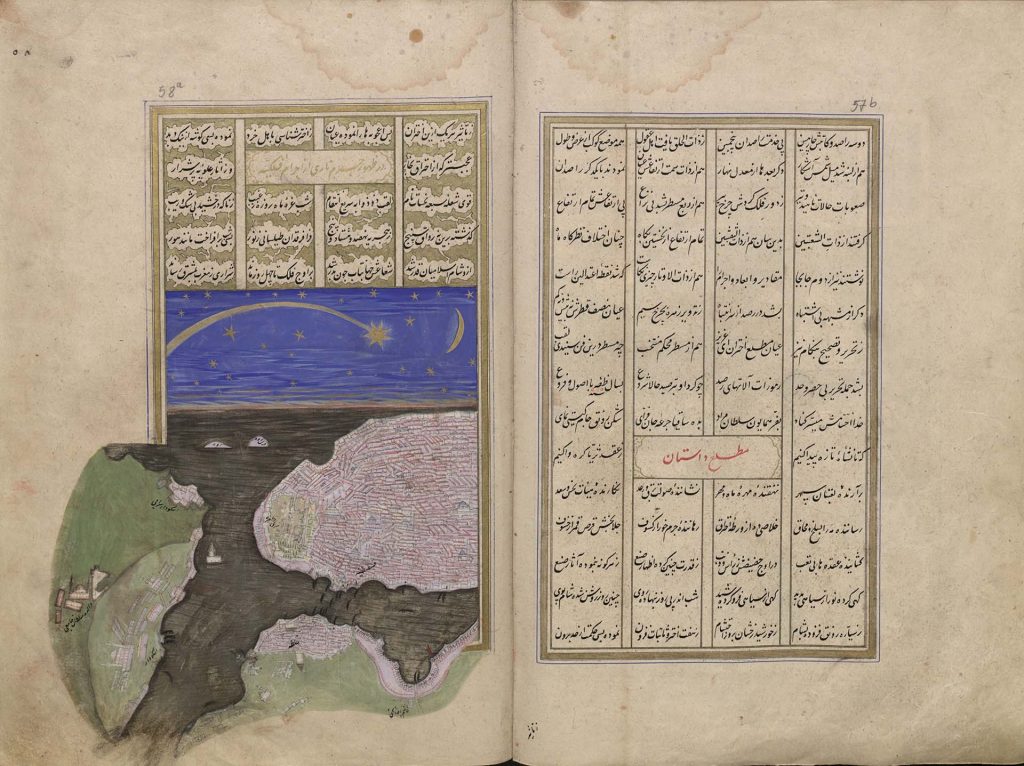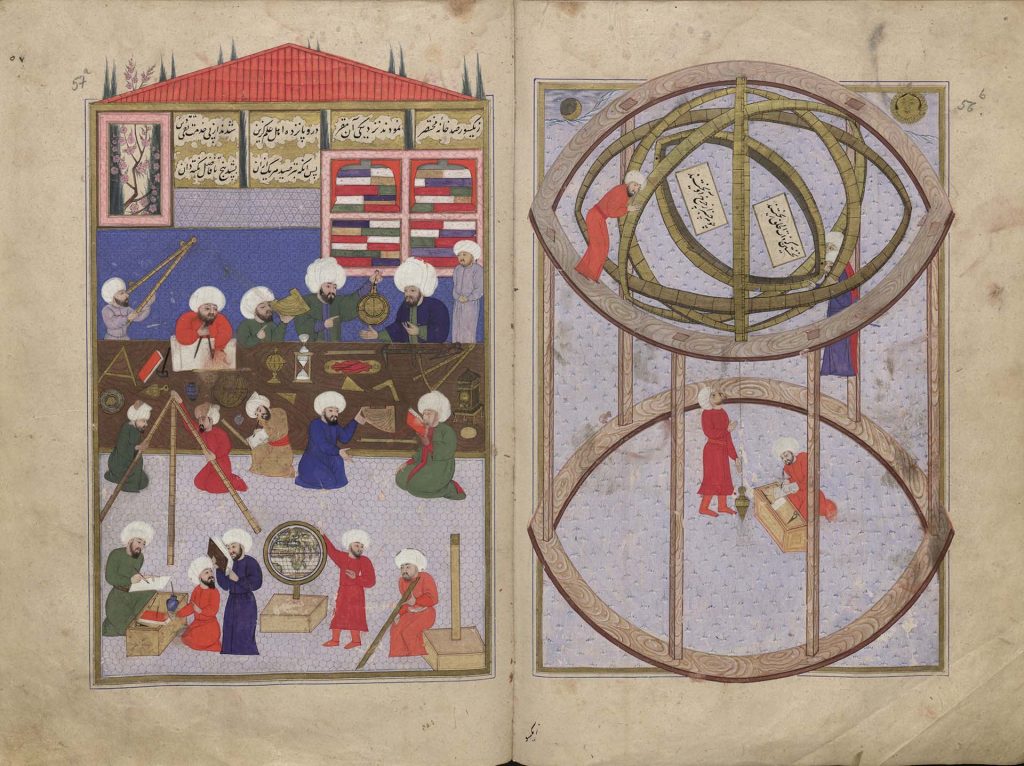
Penpals of Science History: Letters of Avicenna and Al Biruni
6 November 2019A Science Center in Istanbul in 17th Century – Istanbul Observatory
We are here at the Ottoman capital city in 16th century. A scientist happens to pass on Istanbul while the sun shines on days and stars illuminate at nights and the sphere stays at its place with its glory, watching over cities. A scientist who carries the memories of long talks with his friend Kutbeddinzade about the depths of the sky and the tales of Abdulkarim Efendi about old astronomers. An Egyptian mudarris who yearns for observing, reading, understanding and interpreting the sphere, comes to Istanbul – one of the most important cities of the world, to make his dreams come true with official support of Ottomans. He builts an observatory, Istanbul Observatory on Tophane hills in 1575. Taqi al-din makes many long observations and compiles catalogs meticulously in this observatory which is built in Murad III.’s era as the first observatory with many instruments for observation and a library, in Ottoman territories. Today many researchers compare Taqi al-din with Tycho Brahe who built an observatory in Europe around the same time and did important works; and say the observations Taqi al-din made was more advanced.
So, why can’t we see the valuable heritage of Taqi al-din when we look at Tophane hills?
There are many tales that is told about the short life of this observatory. As one tale goes,one day, 2 short years after the observatory was built, there was a sight of a shooting star. Shortly after, a plague epidemic and rumors about the bad luck the observatory and sky observations brought upon the city. Some others say it was because of the political disputes. Ultimately, the short life of the observatory ended with an imperial order. Some says, one night Kilic Ali Pasha brought the observatory down in ruins bombing; some others say bombing would wipe the entire province off the map, so the observatory must have quietly razed to the ground one night. All in all, the observatory was demolished and the efforts of Taqi al-din went down the drain. Sources tells the story of the observatory in this way:
“A while ago, a shooting star was sighted. And came the plague in 1578. Many people died of it. Folks started to complain. People of the palace took advantage of it. They tried to prove that all the observatories brought bad luck to the provinces they were built. Sultan got scared and ordered the observatory to be demolished. Sultan Murad III sent an imperial order to Chief Admiral Kilic Ali Pasha, and he demolished the observatory overnight on the imperial order.”*
This sad story probably makes the audience think this: What would our astronomy heritage be today, if the observations that were made meticulously 444 years ago would’ve continued?
*Tarih-i Ebu’l-Faruk(Sevim Tekeli)





